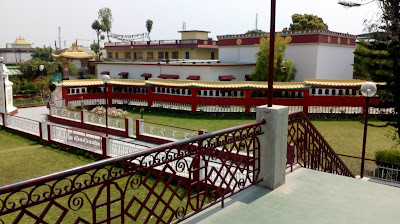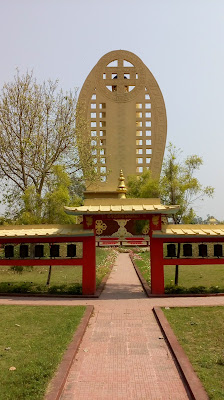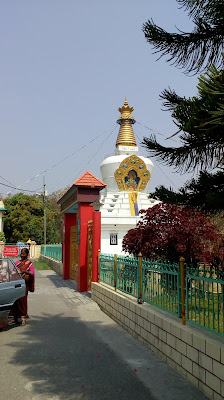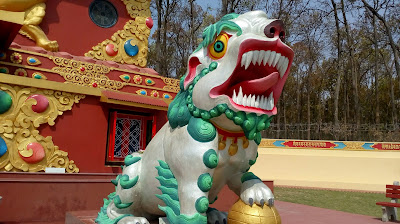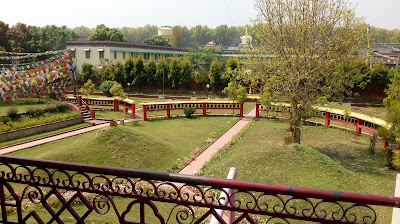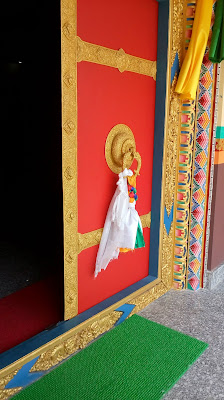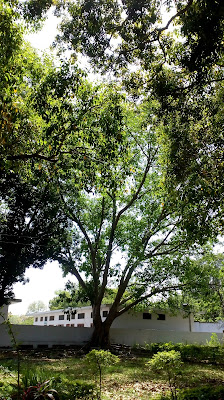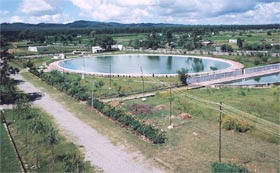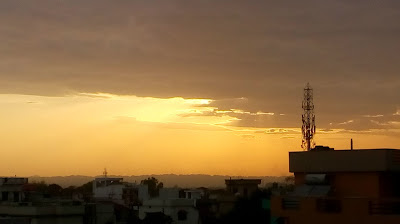Shivalik Range
The Shivalik range of the Himalayas is the lowest level of Himalayan mountains also considered the outer Himalayas.
In India, it varies from the Indus river to the Brahmaputra river (i.e. from J&K to Mizoram).
 |
| Paranomic View of the Himalayas from my Rooftop |
The Shivalik range of the Himalayas in Dehradun, has a vast area,
as from the seen the picture, it views an area from Herbetpur, Selaqui to Narendra Nagar, Rishikesh.
the whole area comprises many small villages and specially Mussuriee.
From the foothills of Mussoorie, Jakhan (starting portion of Rajpur )can also be seen
from on the spot.
Some portion of these mountains is also a part of the Himachal range( 2nd layer/level of the Himalayas)......
 |
| Mussuriee portion in the Himalayas |
The picture also depicts that is this Tsunami waves.........
makes you thrill too
The above picture is showing one portion of the Shivalik range
Dehradun is a valley where 2 sides are the mountain ranges while the 2 are enriched by the famous 2 rivers i.e.the Ganga and the Yamuna
makes you thrill too
 |
| The City and the Himalayas |
The above picture is showing one portion of the Shivalik range
Dehradun is a valley where 2 sides are the mountain ranges while the 2 are enriched by the famous 2 rivers i.e.the Ganga and the Yamuna











